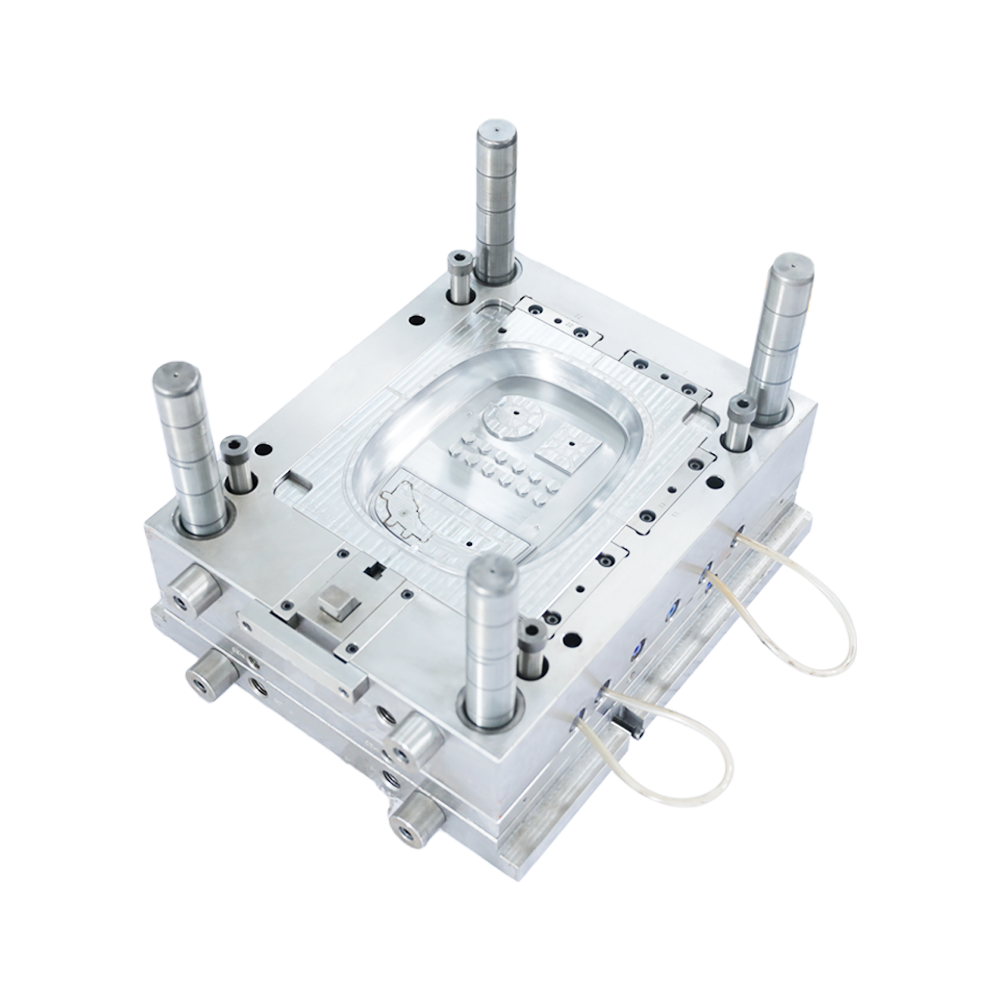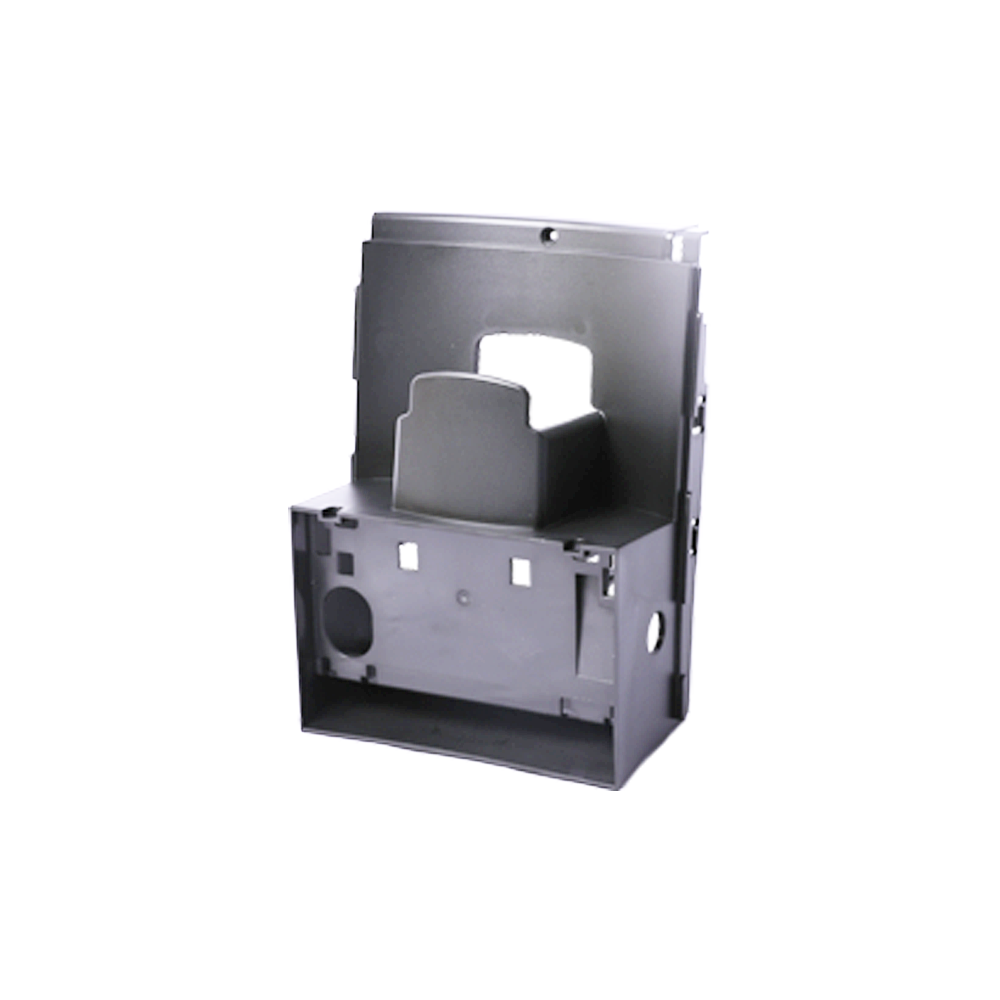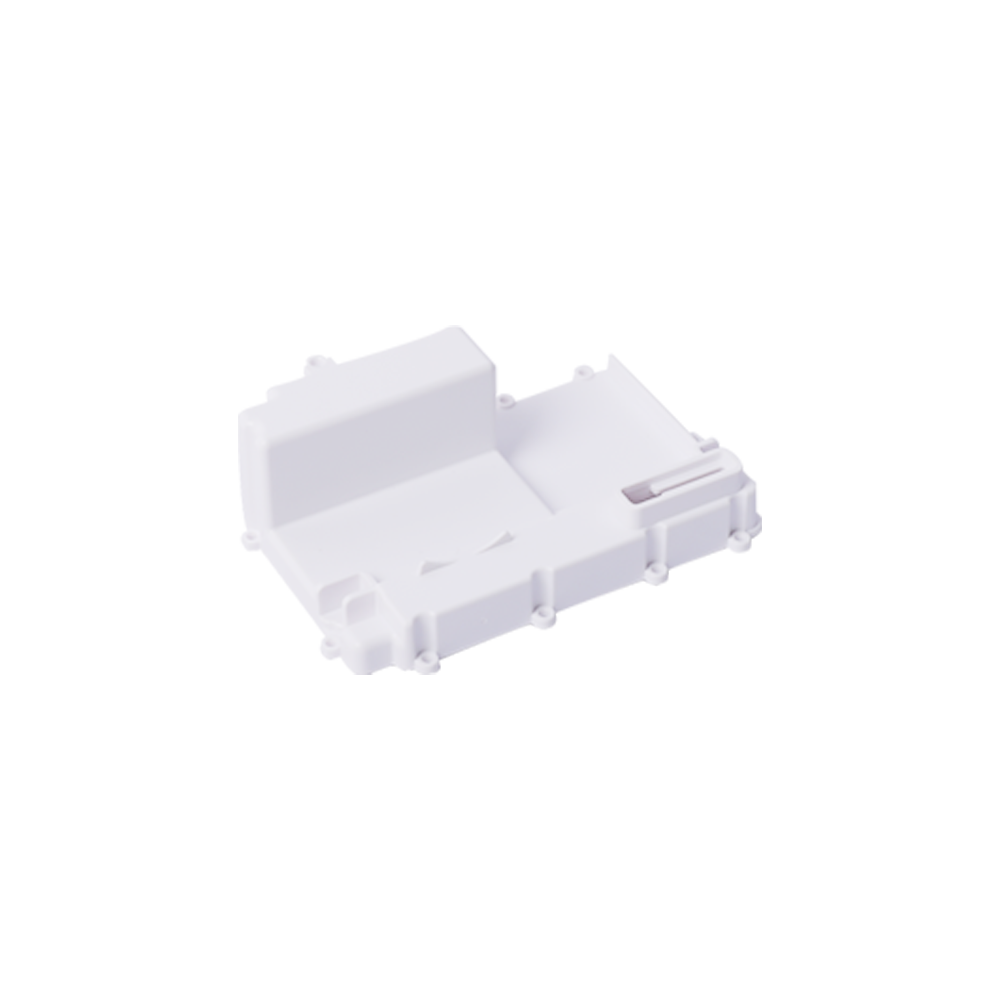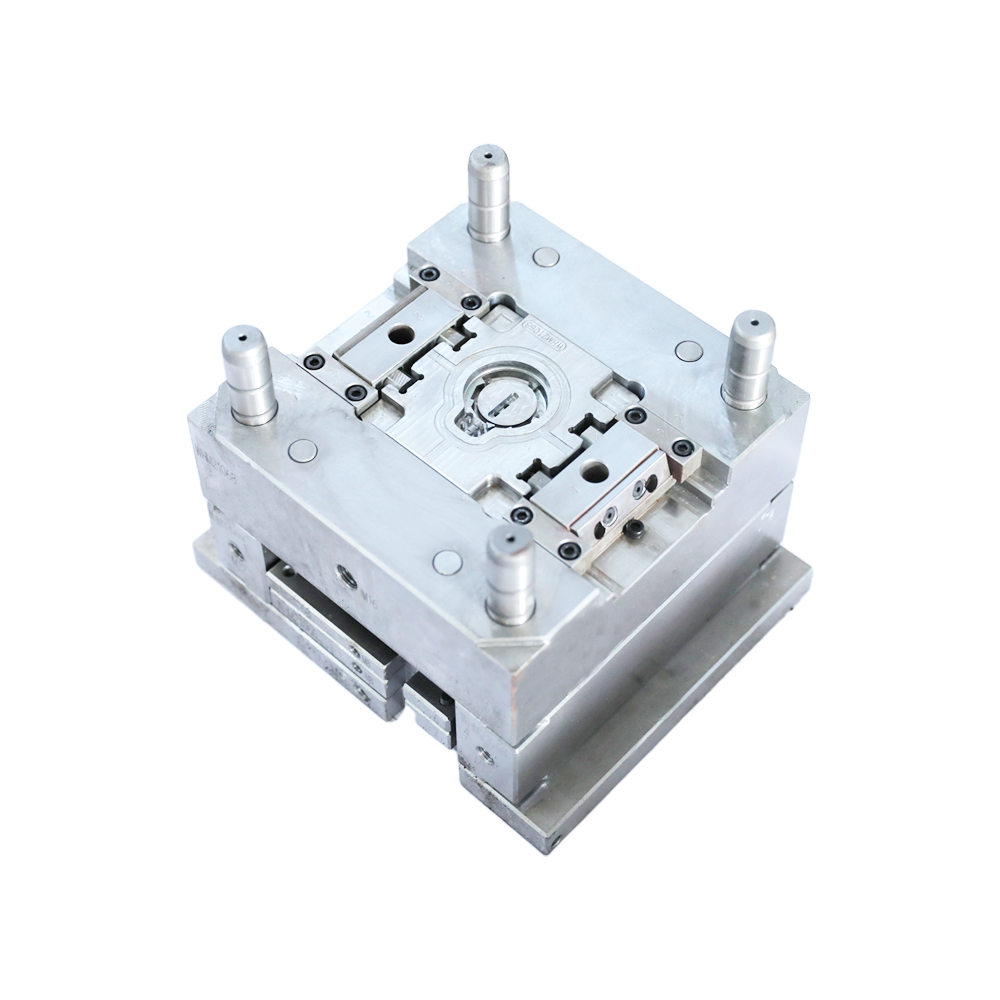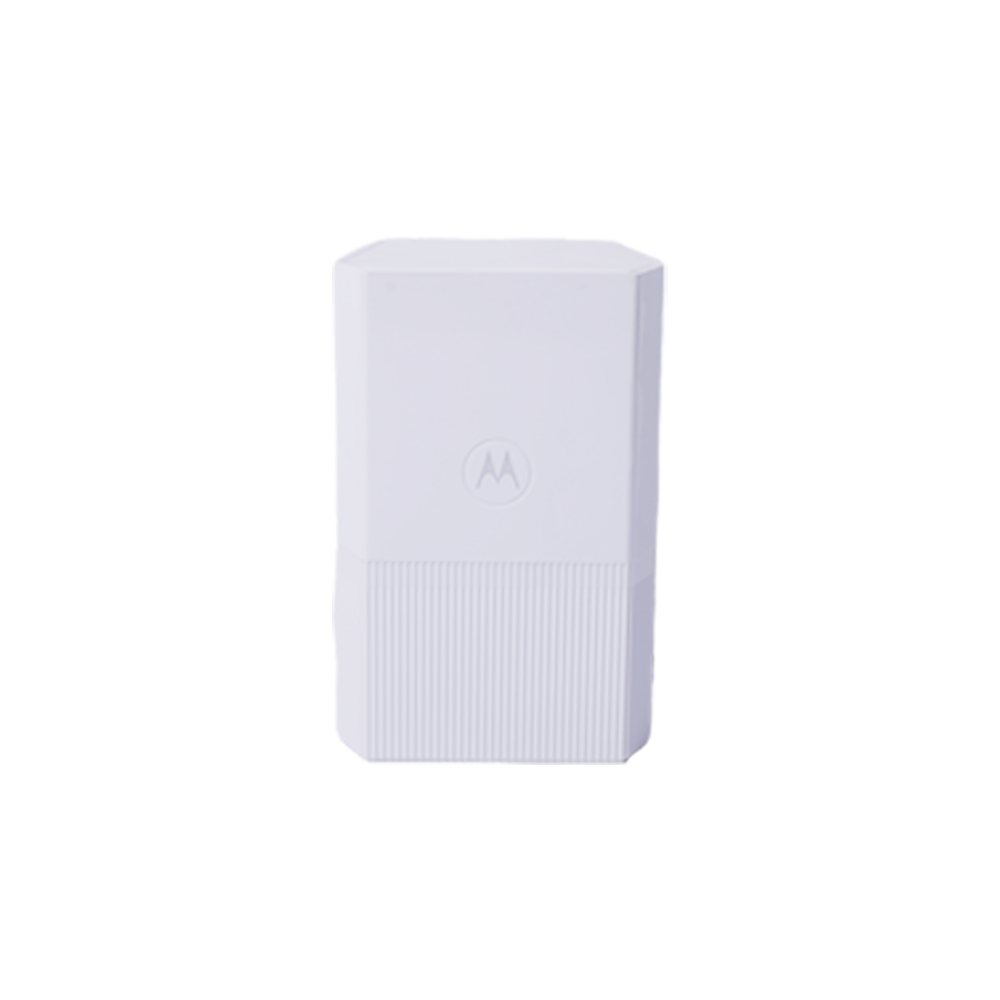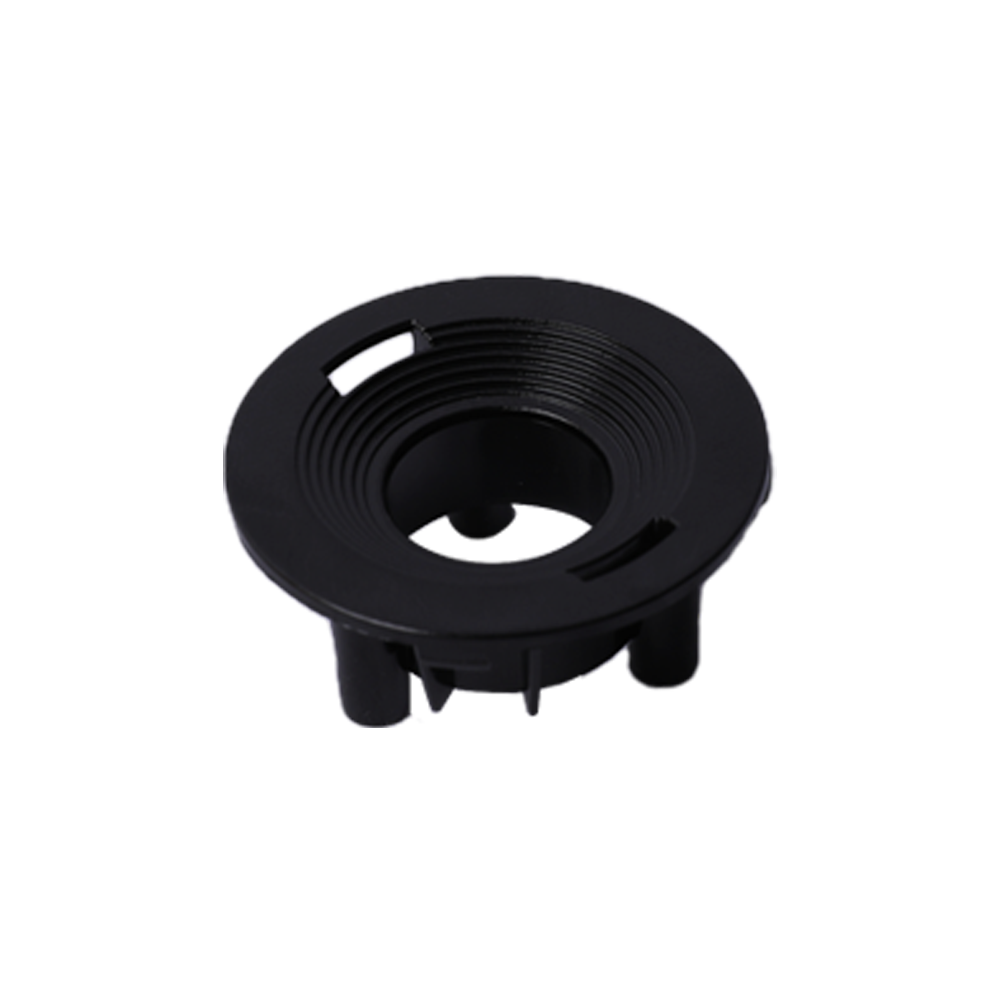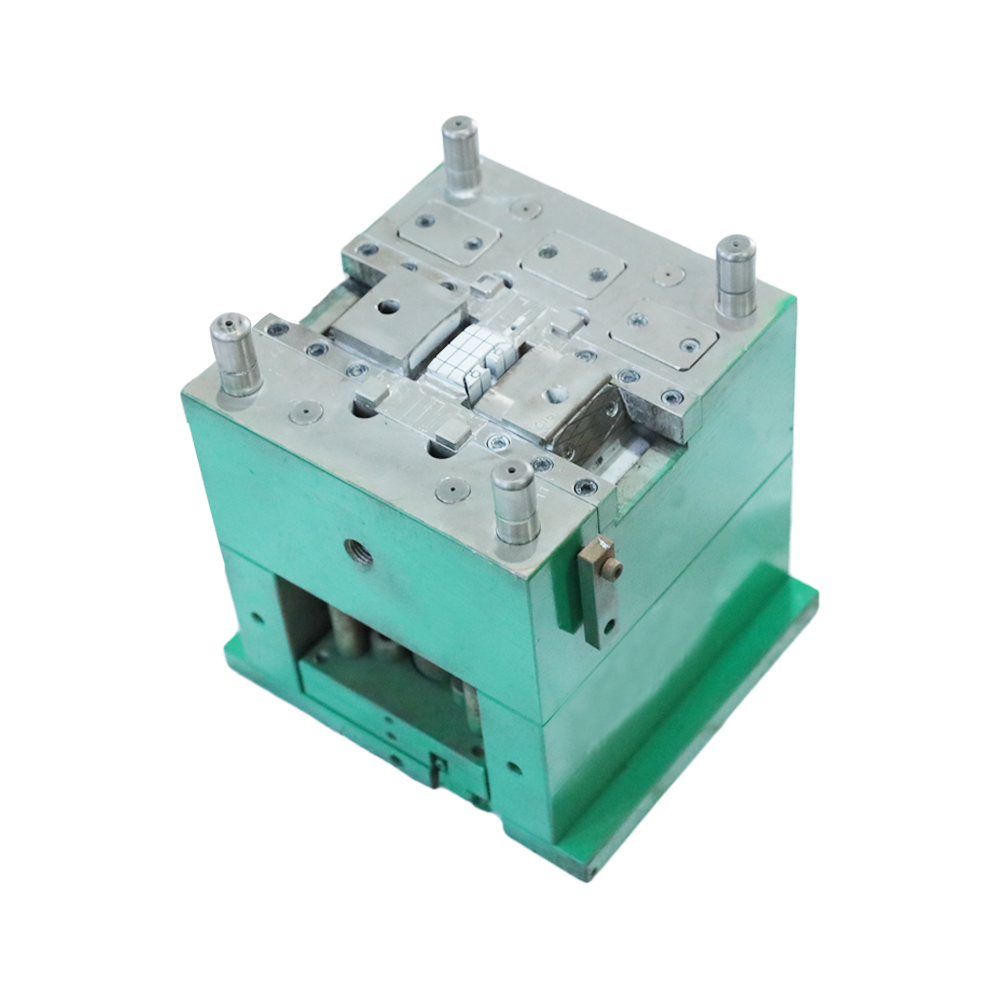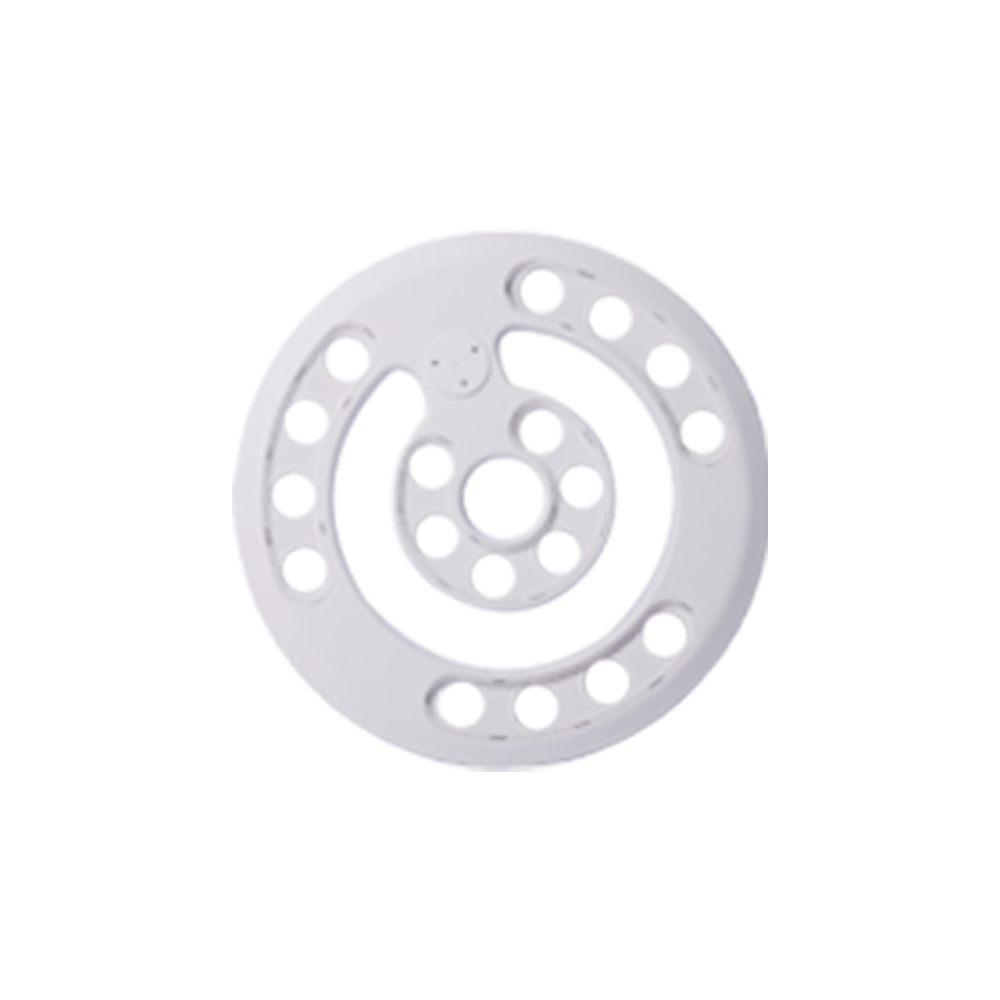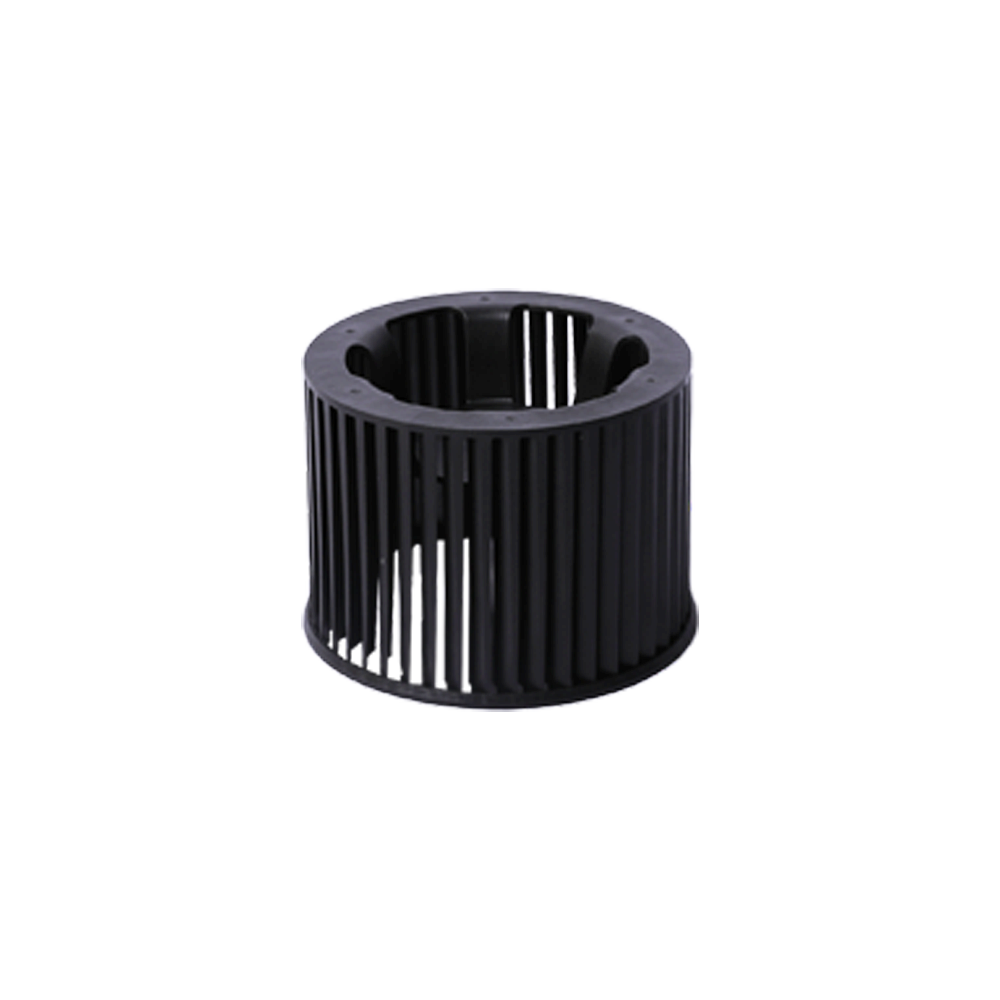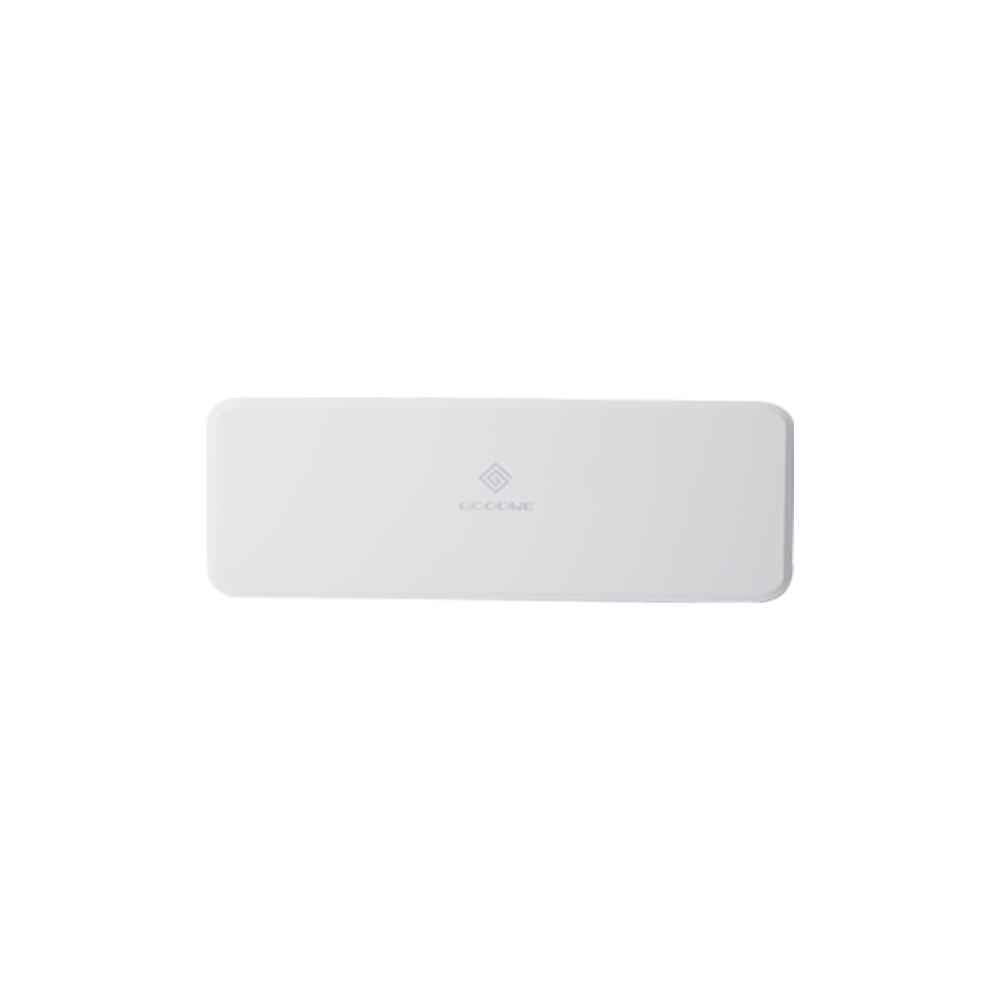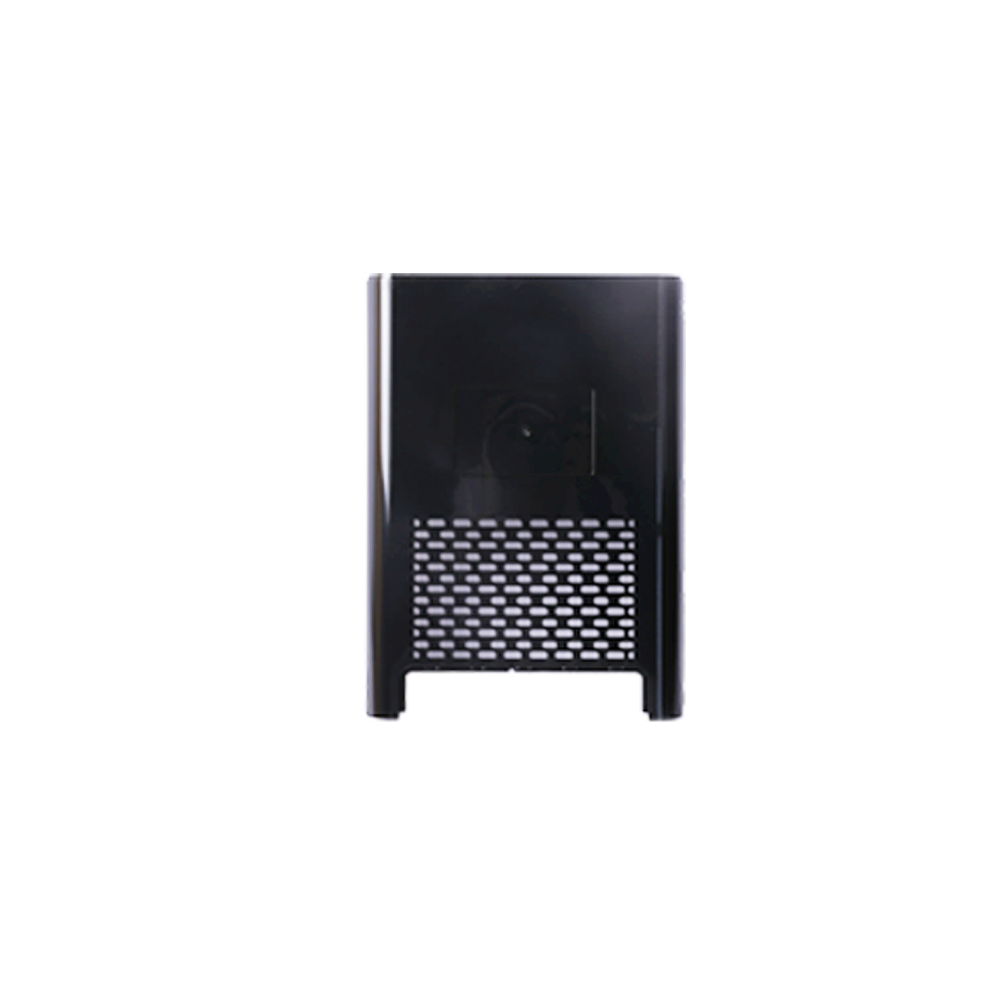Design principle of mold
Because different forming molds have been applied in many fields, and the manufacturing technology of professional molds has also changed and developed in recent years, in this part, the general design rules of vacuum forming molds are summarized.
The design of vacuum forming mold includes batch size, molding equipment, precision conditions, geometric shape design, dimensional stability and surface quality.
1. The batch size is used for experiments, the mold output is small, and wood or resin can be used for manufacturing. However, if the experimental mold is to obtain data about shrinkage, dimensional stability and cycle time of the product, a single cavity mold should be used for the experiment, and it can be guaranteed to be used under production conditions. Molds are generally made of plaster, copper, aluminum or aluminum-steel alloys, and aluminum-resin is rarely used.
2. Geometric shape design. When designing, dimensional stability and surface quality are often considered comprehensively. For example, product design and dimensional stability require the use of female molds (concave molds), but products that require high gloss on the surface require the use of male molds (punch molds). point so that the product can be produced under optimal conditions. Experience has shown that designs that do not meet actual machining conditions often fail.
3. Dimensional stability. During the molding process, the surface of the plastic part in contact with the mold has better dimensional stability than the part that leaves the mold. If the material thickness needs to be changed in the future due to the material stiffness, it may lead to the conversion of the male mold to the female mold. The dimensional tolerance of plastic parts cannot be less than 10% of the shrinkage.
4. As far as the surface of the plastic part can be covered by the molding material, the surface structure of the visible surface of the plastic part should be formed at the contact point with the mold. If possible, the smooth surface of the plastic part should not come into contact with the mold surface. As is the case with the use of female molds for bathtubs and laundry tubs.
4. As far as the surface of the plastic part can be covered by the molding material, the surface structure of the visible surface of the plastic part should be formed at the contact point with the mold. If possible, the smooth surface of the plastic part should not come into contact with the mold surface. As is the case with the use of female molds for bathtubs and laundry tubs.
5. For decoration, if a mechanical horizontal saw is used to saw off the clamping edge of the plastic part, there should be at least a 6-8mm margin in the height direction. Other finishing work, such as grinding, laser cutting or jetting, must also be left over. The gap between the cutting lines of the knife edge die is the smallest, and the distribution width of the punching die during trimming is also small, which should be paid attention to.
6. Shrinkage and deformation, plastic is easy to shrink (such as PE), and some plastic parts are easy to deform. No matter how to prevent it, plastic parts will deform during the cooling stage. Under this condition, it is necessary to change the shape of the forming mold to adapt to the geometric deviation of the plastic part. For example: although the wall of the plastic part remains straight, its reference center has been deviated by 10mm; the mold base can be raised to adjust the amount of shrinkage of this deformation.
7. Shrinkage: The following shrinkage factors must be taken into account when manufacturing blister forming molds. ① Shrinkage of molded products. If the shrinkage rate of the plastic cannot be clearly known, it must be obtained by sampling or testing with a similarly shaped mold. Note: Only the shrinkage rate can be obtained by this method, and the deformation size cannot be obtained. ② Shrinkage caused by the adverse effects of intermediate media, such as ceramics, silicone rubber, etc. ③ Shrinkage of the material used in the mold, such as shrinkage when casting aluminum.



 ��������
��������
